
Researchers have unraveled the complex structure of the carbon-12 nucleus, revealing that its lower energy states consist of clusters forming triangular shapes. This discovery by an international collaboration enhances our understanding of carbon’s formation in the Universe and aligns with existing experimental data. Credit: SciTechDaily.com
An international study has revealed the triangular cluster structures within the carbon-12 nucleus, offering key insights into the origins and abundance of carbon in the Universe.
Carbon-12: Key to Organic Chemistry and Life
The element carbon is critical to organic chemistry and life as we know it. The physics of its most common isotope, carbon-12, are extremely complex. Many experimental and theoretical investigations have been devoted to determining the energies and underlying structures of the nuclear states of carbon-12.
In this work, researchers computed these states from first principles—the most basic components of physics theory. The approach used supercomputers and nuclear lattice simulations to calculate the three-dimensional shape formed by the protons and neutrons comprising the nucleus. The results show that all of the low-lying energy states of carbon-12 have a substructure where the six protons and six neutrons cluster together into alpha particles. Alpha particles are helium-4 nuclei, which contain two protons and two neutrons.
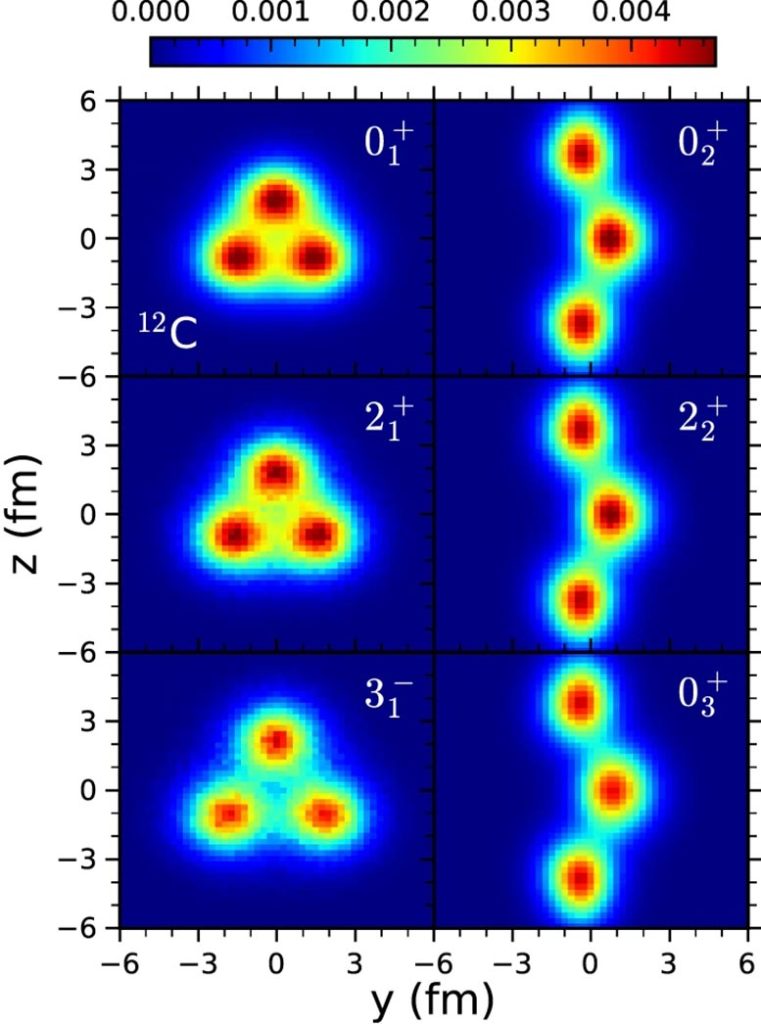
Nucleon densities for several low-lying states of carbon-12. Each image is labeled with the spin (0 to 3), the sign under parity inversion (+ or -), and the excitation number (1 to 3). Credit: Shihang Shen
The Hoyle State: A Window into Stellar Carbon Production
One well-known nuclear state of carbon-12 is the Hoyle state. This state has an energy that sits near the energy threshold for three alpha particles or helium nuclei. This energy thereby greatly enhances the production of carbon in helium-burning stars. This helps to explain the presence of carbon in the Universe.
The results obtained in this research show that the Hoyle state is composed of a “bent arm” or obtuse triangular arrangement of alpha particles. All the low-lying energy states of carbon-12 have an intrinsic shape composed of three alpha particles forming either an equilateral triangle or an obtuse triangle. The new results give information about the possible geometrical shapes of nuclear states.
Global Collaboration Unveils Carbon-12’s Nuclear Structure
The carbon atom provides the backbone for the complex organic chemistry composing the building blocks of life. The physics of the carbon nucleus in its predominant isotope, carbon-12, are also full of complexity. Researchers from the University of Bonn, Forschungszentrum Jülich in Germany, the Gaziantep Islamic Science and Technology University in Turkey, the Graduate School of China Academy of Engineering Physics, Tbilisi State University, and the Facility for Rare Isotope Beams at Michigan State University calculated the structure of the nuclear states of carbon-12 using the ab initio framework of nuclear lattice effective field theory.
Carbon-12’s Geometric Mysteries and Cosmic Origins
The research found that all the low-lying states of carbon-12 have an intrinsic shape composed of three alpha clusters forming either an equilateral triangle or an obtuse triangle. The states with the equilateral triangle shape also have a dual description in terms of particle-hole excitations in a mean-field picture.
The results agree with experimental data and provide the first model-independent density map of the nuclear states of carbon-12. The results help to explain the origins of carbon from the helium and hydrogen that made up the Universe shortly after the Big Bang.
Reference: “Emergent geometry and duality in the carbon nucleus” by Shihang Shen, Serdar Elhatisari, Timo A. Lähde, Dean Lee, Bing-Nan Lu and Ulf-G. Meißner, 15 May 2023, Nature Communications.
DOI: 10.1038/s41467-023-38391-y
This research was funded by the Deutsche Forschungsgemeinschaft (the German Research Foundation), the National Natural Science Foundation of China , the Chinese Academy of Sciences President’s International Fellowship Initiative, the National Security Academic Fund of China, Volkswagen Stiftung, the European Research Council, the Department of Energy, and the Nuclear Computational Low-Energy Initiative SciDAC-4 project, as well as computational resources provided by the Gauss Centre for Supercomputing e.V. and the Oak Ridge Leadership Computing Facility.


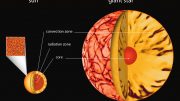

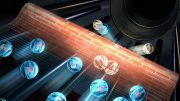
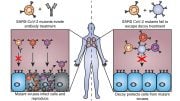
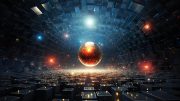

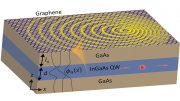
Physics is guided by correct theories can make physical experiments more scientific, concise, and efficient.
The Carbon-12’s Geometric Mysteries are far from the Cosmic Origins. The phenomenon you observe in the experiment is never the world before the synchronous effect occurred.
If you are really interested in science, you can browse the comments of https://scitechdaily.com/microscope-spacecrafts-most-precise-test-of-key-component-of-the-theory-of-general-relativity/ and https://www.zhihu.com/column/c_1278787135349633024.
Collaboration, key point in unified agreements, no stone unturned.
Thanks for the fascinating reporting.
Here is the link to the article you cite.
https://www.nature.com/articles/s41467-023-38391-y
Nature is not natural, science is not scientific. They adhere to pseudoscientific ideas, and firmly believe that two objects (such as two sets of cobalt-60) of high-dimensional spacetime rotating in opposite directions can be transformed into two objects that mirror each other.
Very informative article.
The so-called academic journals (such as Physical Review Letters, Nature, Science, etc.) firmly believe that two objects (such as two sets of cobalt-60) rotating in opposite directions can form a mirror image of each other. The CP violation that has been widely spread by the Physical Review Letters (PRL) opened up the most evil era in the history of physics. Every scientific worker should not turn a blind eye to this blatant hypocrisy, filth, and ugliness.